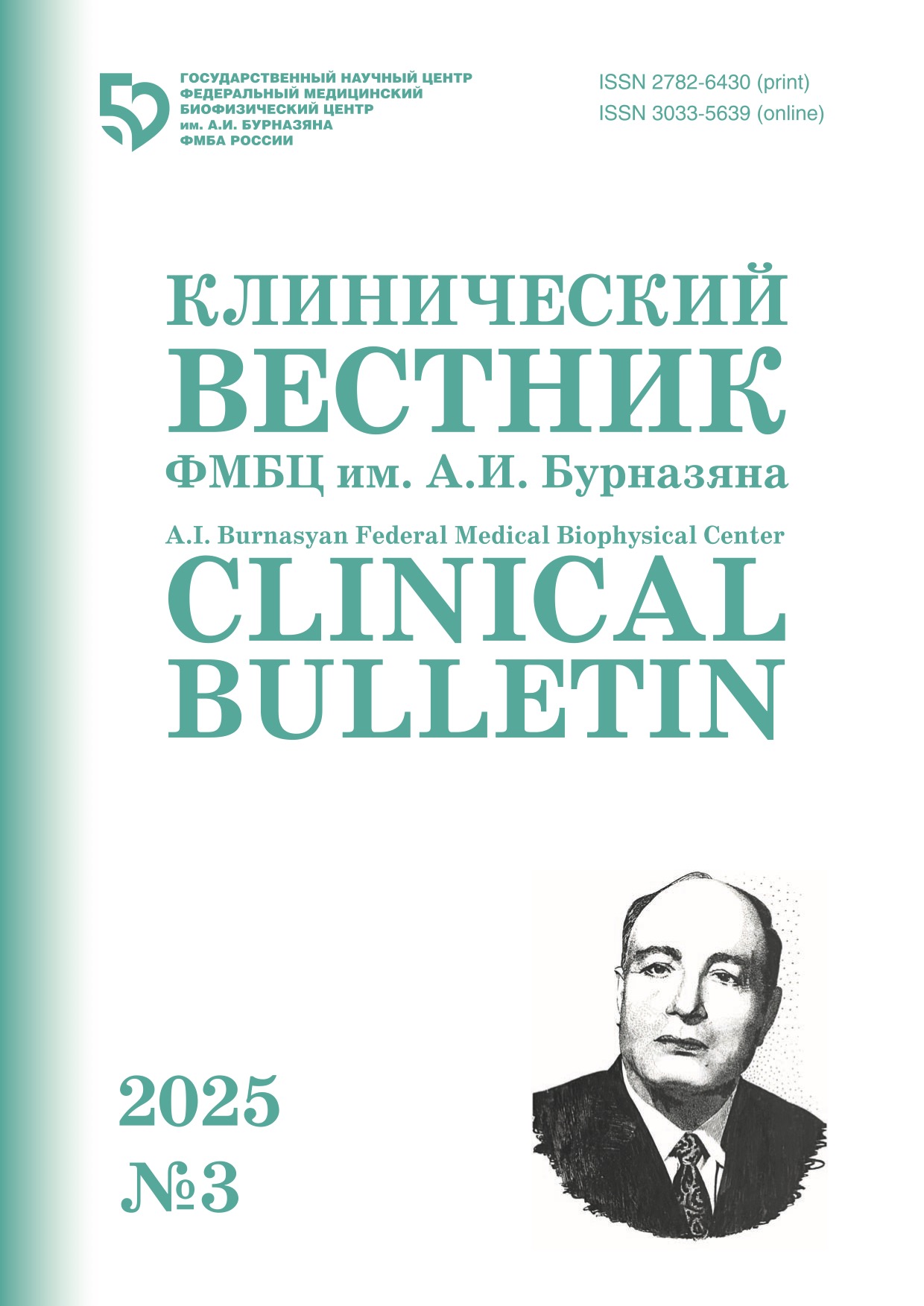A.I. Burnasyan FMBC clinical bulletin. 2022 № 4
A.A. Bolotov, V.G. Barchukov
Methods and Priciples of Building Complete and Consistent Knowledge Bases in the Differential Diagnosis of two Diseases Similar in Symptoms
A.I. Burnasyan Federal Medical Biophysical Center, Moscow, Russia
Contact person: Bolotov Alexandr Aleksandrovich: iABolotov@bk.ru
Abstract
Subject, topic, purpose. The article discusses methods, principles and approaches to the construction of complete and consistent expert knowledge bases in differential classification problems based on psychologically correct ways of obtaining information from an expert.
Methodology. The problems of transferring knowledge from an expert to a computer program are considered. The most important characteristics of the knowledge extraction procedure are its psychological correctness, the completeness of the extraction and presentation of knowledge, as well as the consistency (infallibility) of the knowledge base. Since the main source of information is a person, in order to comply with this rule, the use of his logic of thinking must be a prerequisite.
Results of the work. Rational methods and algorithms for the formation of large knowledge bases for the differential diagnosis of two diseases similar in symptoms are proposed on the basis of a psychologically correct method of interviewing an expert who solves the usual diagnostic task for him by a complete description of the case in text form. The results of Monte Carlo statistical modeling of the process of extracting expert knowledge for such tasks are presented within the framework of an algorithm based on the search for boundaries separating two diseases according to the binary approximation scheme from the so-called average object having half of the signs most characteristic of one disease and half of the signs most characteristic of another disease with a different number of used signs and three types of possible boundaries between diseases.
Scope of application of the results. The results of the work are of applied importance for the construction of automated workplaces of practitioners in order to improve the quality of diagnostic conclusions and optimize the treatment of patients.
Conclusions. Psychologically correct principles of knowledge extraction, methods and algorithms described in the article allow you to quickly and reliably build complete and consistent knowledge bases of large volume in various areas of differential diagnosis of diseases to create appropriate automated doctor’s workplaces, which will improve the quality of medical decisions, especially in difficult cases.
Keywords: complete and consistent knowledge bases, differential diagnosis, psychological correctness of knowledge extraction, binary search algorithm for boundaries between diseases, Monte_Carlo method
For citation: Bolotov AA,.Barchukov VG. Methods and Priciples of Building Complete and Consistent Knowledge Bases in the Differential Diagnosis of two Diseases Similar in Symptoms. A.I. Burnasyan Federal Medical Biophysical Center Clinical Bulletin. 2022.4:60-66. (In Russian) DOI: 10.33266/2782-6430-2022-4-60-66
REFERENCES
- Larichev O.I., Mechitov A.I., Moshkovich Ye.M., Furems Ye.M. Vyyavleniye Ekspertnykh Znaniy = Identification of Expert Knowledge. Moscow, Nauka Publ., 1989. 128 p. (In Russ.).
- Larichev O. I. Theory of Subconscious Decision Rules and Its Application in Diagnostic Tasks. Psikhologicheskiy Zhurnal = Psychological Journal. 2003;24;1:56-64 (In Russ.).
- Kilstiom J. The Cognitive Unconcouscious. Science. 1987;237;4821:1445-1452.
- Larichev O.I. Structures of Expert Knowledge in Classification Problems. Doklady Akademii Nauk. 1994;336;6:750-752 (In Russ.).
- Simon H.A. Problem Formulation and Alternative Generation in the Decision Making Process. Progress in Decision, Utility and Risk Theory. Ed. Chikan A., et al. Boston, MA, Kluwer, 1991. P. 77-84.
- Simon H. Reason in Human Affairs. Standford University Press, 1983. P. 115.
- Lemieux M., Bordage G. Professional Versus Structural Semantic Analysis of Medical Diagnostic Thinking. Cognitive Science. 1992;16:198-204.
- Larichev O.I., Bolotov A.A. The DIFKLASS System: Construction of Complete and Noncontradictory Expert Knowledge Bases in Problems of Differential Classification. Automatic Documentation and Mathematical Linguistics. 1996;30;5:12–22.
- Bolotov A.A., Barchukov V.G., Ten A.M., Onopchenko O.V. Evaluation of Informative Features in the System of Intellectual Support of a Coach in Cyclic Sports. Den Sportivnoy Informatiki. = Sports Informatics Day. Materials of the III Scientific and Practical Conference. Moscow Publ., 2019. P. 140-143 (In Russ.).
- Bolotov A.A., Larichev O.I. Comparison of Pattern Recognition Methods by the Accuracy of Approximation of Separating Hyperplanes. Avtomatika i Telemekhanika = Automation and Remote Control. 1995;7:116-123 (In Russ.).
Conflict of interest. The authors declare no conflict of interest.
Financing. The study had no sponsorship.
Contribution. Article was prepared with equal participation of the authors.
Article received: 20.09.2022. Accepted for publication: 20.10.2022


